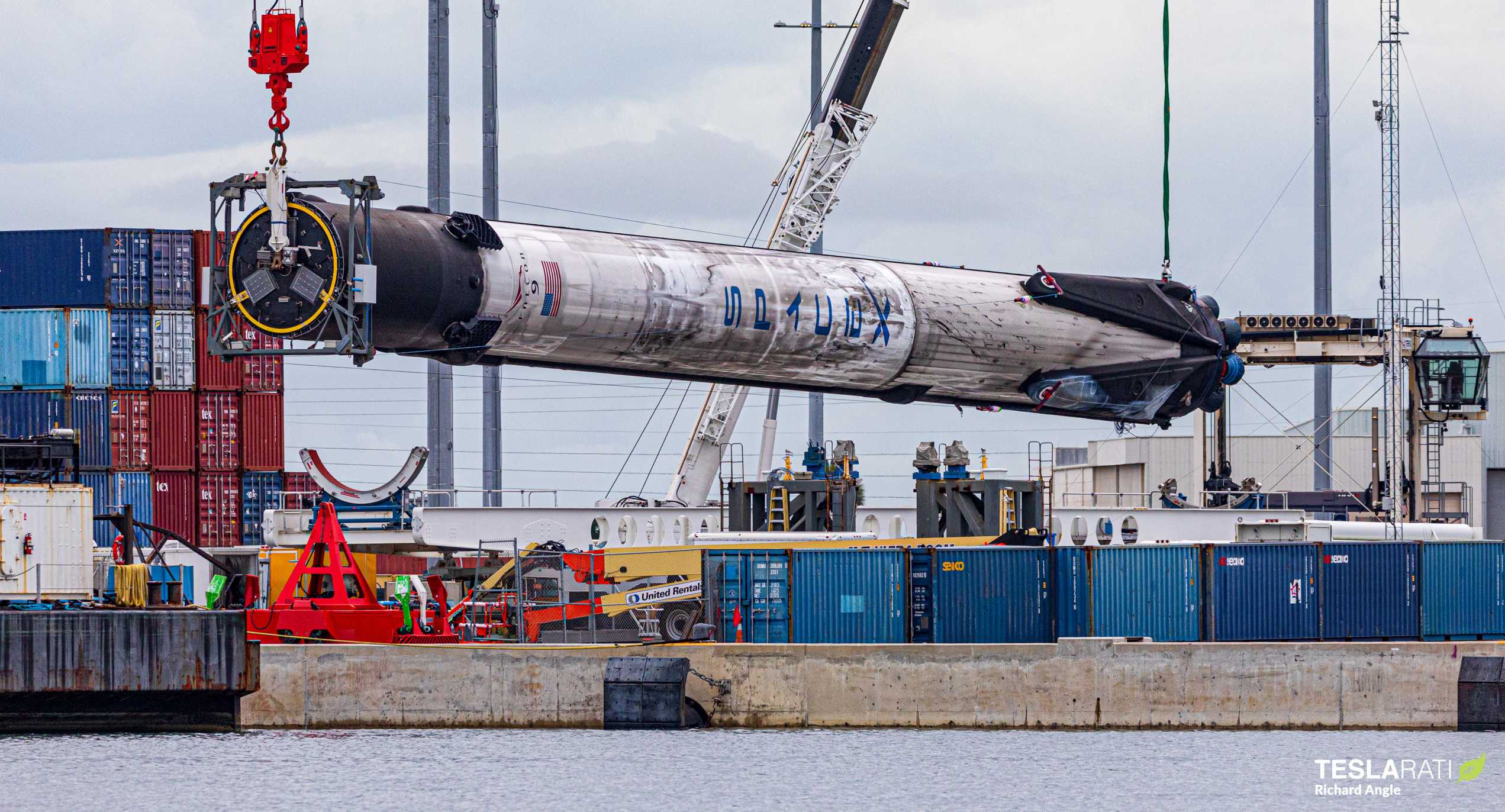

News
SpaceX fires up Falcon 9 rockets hours apart for back to back launches
SpaceX has fired up two separate Falcon 9 rockets at two separate Florida launch pads in less than 16 hours ahead of back to back launches for Starlink and the US military.
Around 6:30 pm local on June 24th, SpaceX successfully static fired Falcon 9 B1051 as one of the last steps before the booster’s fifth launch, making it the third SpaceX rocket to reach that five-flight milestone in just three months. B1051.4 just narrowly missed SpaceX’s booster turnaround record, falling just a few days short of the current 62-day record after some minor delays. Originally scheduled to launch as early as June 22nd, the ninth batch of Starlink v1.0 satellites (Starlink V1 L9 or Starlink-9) is now scheduled to launch no earlier than (NET) 4:18 pm EDT (20:18 UTC) on Friday, June 26th.
A little over fifteen hours after B1051’s – apparently – successful static fire (there was no SpaceX tweet confirmation for the first time ever) at Kennedy Space Center Launch Complex 39A (Pad 39A), new Falcon 9 booster B1060 performed its own ignition test at SpaceX’s separate Cape Canaveral Air Force Station (CCAFS) LC-40 pad. SpaceX confirmed that that static fire was successful, putting the new Falcon 9 rocket on track to launch the US military’s third upgraded GPS satellite (GPS III SV03) no earlier than (NET) 3:56 pm EDT (19:56 UTC) on Tuesday, June 30th.
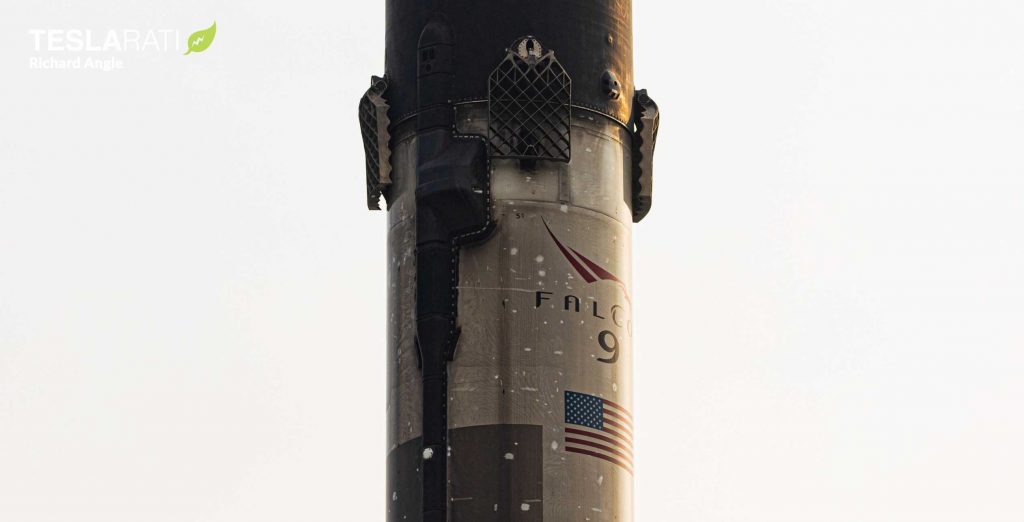
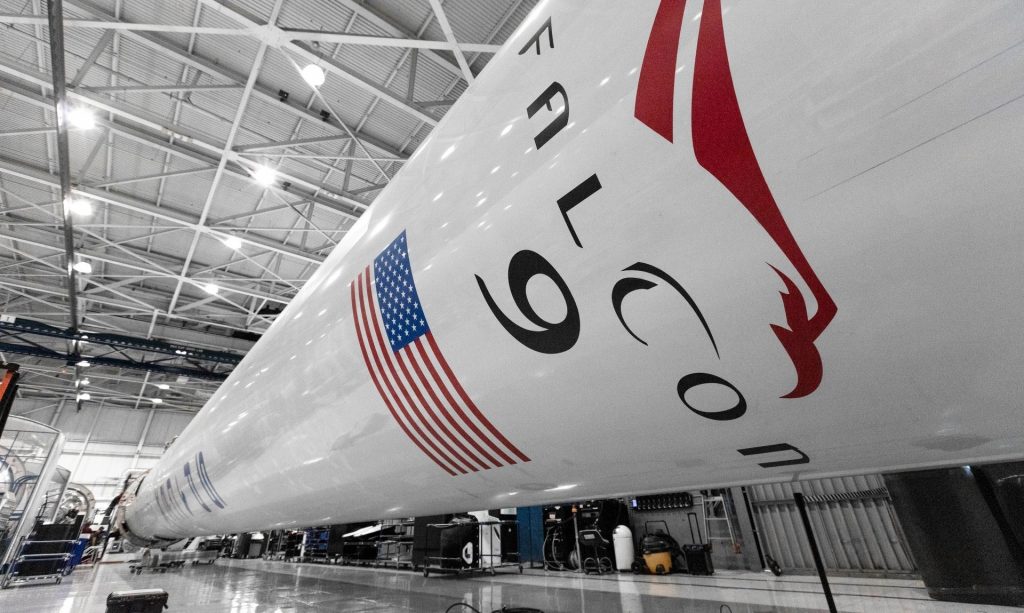
If SpaceX manages to complete both the Starlink-9 and GPS III SV03 missions on schedule, June 2020 will be the company’s first four-launch month ever. Even if the latter US military mission is delayed to July 3rd or 4th, SpaceX will still have technically completed four launches in a month’s worth of days (30-31). Normally, the odds of the second in a pair of back-to-back launches being delayed would be quite high, given that any delay to the first mission would inherently roll over onto the follow-up. For SpaceX, that likelihood is more than doubled because of the need for drone ship availability for booster recovery.
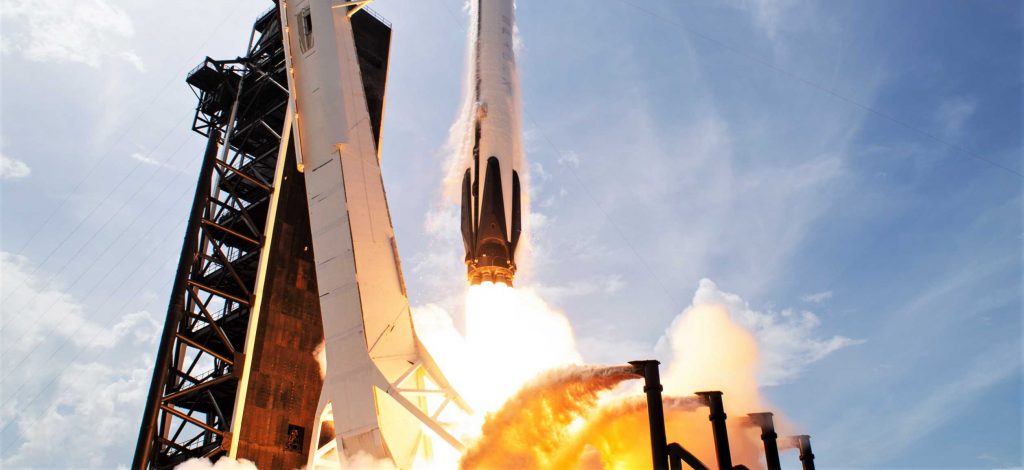
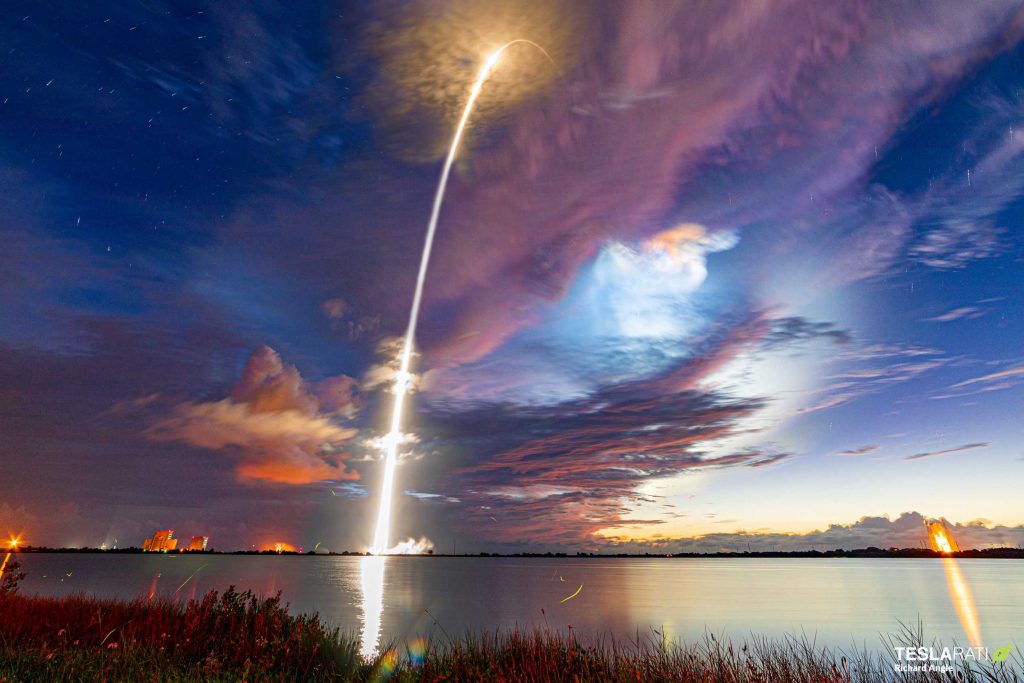
However, SpaceX debuted a second East Coast drone ship – Just Read The Instructions (JRTI) on June 3rd, complimenting drone ship Of Course I Still Love You (OCISLY) to double the company’s sea recovery capacity on the East Coast. Formerly stationed at Port of Los Angeles to support SpaceX launches out of California, the West Coast manifest rapidly dried up and made drone ship JRTI’s move East all but inevitable.
On top of having a second drone ship available for booster recoveries just days or even hours apart, SpaceX also recently began pushing the limits of its East Coast launch capacity by performing launches just days apart from its two separate Florida pads. While the occasional back-to-back launch from LC-40 and Pad 39A isn’t unprecedented, SpaceX appears to be intent on sustaining launches from each pad every 10-20 days, give or take. As such, SpaceX’s Starlink-9 and GPS III SV03 missions will launch from separate pads and land on separate drone ships.
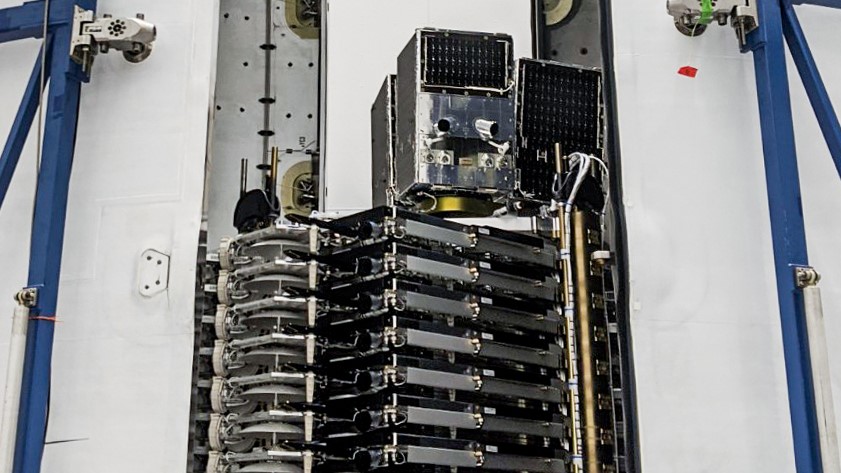
Cadence ambitions aside, Starlink-9 and GPS III SV03 are also significant missions for their own reasons. Up first, Starlink-9 will hopefully follow on the heels of SpaceX’s successful June 13th Starlink-8 launch to become the second Starlink rideshare mission, sending two BlackSky imaging satellites into orbit along with 57 Starlink v1.0 satellites. The fact that booster B1051 has nearly broken SpaceX’s rocket reuse turnaround record also suggests that the company is already confident in the flightworthiness of Falcon 9 boosters heading into their fifth launches.
Meanwhile, GPS III SV03 is special because – unlike SpaceX’s first GPS III SV01 launch in December 2018 – the US Air (Space) Force will allow Falcon 9 booster B1060 to attempt a drone ship landing. On SpaceX’s first GPS III launch, the USAF more or less arbitrarily limited Falcon 9’s available performance to leave extreme safety margins in the apparent event of one or more booster engines failing during launch. As a result, Falcon 9 B1054 became the first highly-reusable Block 5 booster to intentionally launch just once. For B1060, the booster will thankfully have a shot at recovery and a long and productive life of 5-10+ more launches. A successful landing could also give the US military its first shot at certifying and reusing a Falcon 9 booster on an operational military satellite launch.
Check out Teslarati’s Marketplace! We offer Tesla accessories, including for the Tesla Cybertruck and Tesla Model 3.
News
Tesla launches in India with Model Y, showing pricing will be biggest challenge
Tesla finally got its Model Y launched in India, but it will surely come at a price for consumers.

Tesla has officially launched in India following years of delays, as it brought its Model Y to the market for the first time on Tuesday.
However, the launch showed that pricing is going to be its biggest challenge. The all-electric Model Y is priced significantly higher than in other major markets in which Tesla operates.
On Tuesday, Tesla’s Model Y went up for sale for 59,89,000 rupees for the Rear-Wheel Drive configuration, while the Long Range Rear-Wheel Drive was priced at 67,89,000.
This equates to $69,686 for the RWD and $78,994 for the Long Range RWD, a substantial markup compared to what these cars sell for in the United States.
🚨 Here’s the difference in price for the Tesla Model Y in the U.S. compared to India.
🚨 59,89,000 is $69,686
🚨 67,89,000 is $78,994 pic.twitter.com/7EUzyWLcED— TESLARATI (@Teslarati) July 15, 2025
Deliveries are currently scheduled for the third quarter, and it will be interesting to see how many units they can sell in the market at this price point.
The price includes tariffs and additional fees that are applied by the Indian government, which has aimed to work with foreign automakers to come to terms on lower duties that increase vehicle cost.
Tesla Model Y seen testing under wraps in India ahead of launch
There is a chance that these duties will be removed, which would create a more stable and affordable pricing model for Tesla in the future. President Trump and Indian Prime Minister Narendra Modi continue to iron out those details.
Maharashtra Chief Minister Devendra Fadnavis said to reporters outside the company’s new outlet in the region (via Reuters):
“In the future, we wish to see R&D and manufacturing done in India, and I am sure at an appropriate stage, Tesla will think about it.”
It appears to be eerily similar to the same “game of chicken” Tesla played with Indian government officials for the past few years. Tesla has always wanted to enter India, but was unable to do so due to these import duties.
India wanted Tesla to commit to building a Gigafactory in the country, but Tesla wanted to test demand first.
It seems this could be that demand test, and the duties are going to have a significant impact on what demand will actually be.
Elon Musk
Tesla ups Robotaxi fare price to another comical figure with service area expansion
Tesla upped its fare price for a Robotaxi ride from $4.20 to, you guessed it, $6.90.

Tesla has upped its fare price for the Robotaxi platform in Austin for the first time since its launch on June 22. The increase came on the same day that Tesla expanded its Service Area for the Robotaxi ride-hailing service, offering rides to a broader portion of the city.
The price is up from $4.20, a figure that many Tesla fans will find amusing, considering CEO Elon Musk has used that number, as well as ’69,’ as a light-hearted attempt at comedy over the past several years.
Musk confirmed yesterday that Tesla would up the price per ride from that $4.20 point to $6.90. Are we really surprised that is what the company decided on, as the expansion of the Service Area also took effect on Monday?
But the price is now a princely $6.90, as foretold in the prophecy 😂
— Elon Musk (@elonmusk) July 14, 2025
The Service Area expansion was also somewhat of a joke too, especially considering the shape of the new region where the driverless service can travel.
I wrote yesterday about how it might be funny, but in reality, it is more of a message to competitors that Tesla can expand in Austin wherever it wants at any time.
Tesla’s Robotaxi expansion wasn’t a joke, it was a warning to competitors
It was only a matter of time before the Robotaxi platform would subject riders to a higher, flat fee for a ride. This is primarily due to two reasons: the size of the access program is increasing, and, more importantly, the service area is expanding in size.
Tesla has already surpassed Waymo in Austin in terms of its service area, which is roughly five square miles larger. Waymo launched driverless rides to the public back in March, while Tesla’s just became available to a small group in June. Tesla has already expanded it, allowing new members to hail a ride from a driverless Model Y nearly every day.
The Robotaxi app is also becoming more robust as Tesla is adding new features with updates. It has already been updated on two occasions, with the most recent improvements being rolled out yesterday.
Tesla updates Robotaxi app with several big changes, including wider service area
News
Tesla Model Y and Model 3 dominate U.S. EV sales despite headwinds
Tesla’s two mainstream vehicles accounted for more than 40% of all EVs sold in the United States in Q2 2025.

Tesla’s Model Y and Model 3 remained the top-selling electric vehicles in the U.S. during Q2 2025, even as the broader EV market dipped 6.3% year-over-year.
The Model Y logged 86,120 units sold, followed by the Model 3 at 48,803. This means that Tesla’s two mainstream vehicles accounted for 43% of all EVs sold in the United States during the second quarter, as per data from Cox Automotive.
Tesla leads amid tax credit uncertainty and a tough first half
Tesla’s performance in Q2 is notable given a series of hurdles earlier in the year. The company temporarily paused Model Y deliveries in Q1 as it transitioned to the production of the new Model Y, and its retail presence was hit by protests and vandalism tied to political backlash against CEO Elon Musk. The fallout carried into Q2, yet Tesla’s two mass-market vehicles still outsold the next eight EVs combined.
Q2 marked just the third-ever YoY decline in quarterly EV sales, totaling 310,839 units. Electric vehicle sales, however, were still up 4.9% from Q1 and reached a record 607,089 units in the first half of 2025. Analysts also expect a surge in Q3 as buyers rush to qualify for federal EV tax credits before they expire on October 1, Cox Automotive noted in a post.
Legacy rivals gain ground, but Tesla holds its commanding lead
General Motors more than doubled its EV volume in the first half of 2025, selling over 78,000 units and boosting its EV market share to 12.9%. Chevrolet became the second-best-selling EV brand, pushing GM past Ford and Hyundai. Tesla, however, still retained a commanding 44.7% electric vehicle market share despite a 12% drop in in Q2 revenue, following a decline of almost 9% in Q1.
Incentives reached record highs in Q2, averaging 14.8% of transaction prices, roughly $8,500 per vehicle. As government support winds down, the used EV market is also gaining momentum, with over 100,000 used EVs sold in Q2.
Q2 2025 Kelley Blue Book EV Sales Report by Simon Alvarez on Scribd
-

 News3 days ago
News3 days agoTesla debuts hands-free Grok AI with update 2025.26: What you need to know
-

 Elon Musk1 week ago
Elon Musk1 week agoElon Musk confirms Grok 4 launch on July 9 with livestream event
-

 Elon Musk5 days ago
Elon Musk5 days agoxAI launches Grok 4 with new $300/month SuperGrok Heavy subscription
-

 News2 weeks ago
News2 weeks agoTesla Model 3 ranks as the safest new car in Europe for 2025, per Euro NCAP tests
-

 Elon Musk2 weeks ago
Elon Musk2 weeks agoxAI’s Memphis data center receives air permit despite community criticism
-

 News5 days ago
News5 days agoTesla begins Robotaxi certification push in Arizona: report
-

 Elon Musk2 weeks ago
Elon Musk2 weeks agoTesla reveals it is using AI to make factories more sustainable: here’s how
-

 Elon Musk2 weeks ago
Elon Musk2 weeks agoTesla scrambles after Musk sidekick exit, CEO takes over sales
















